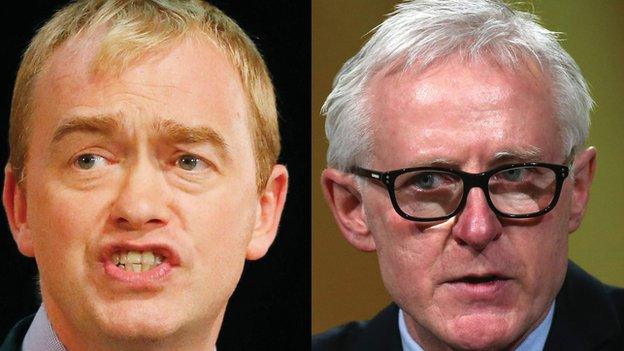A brief history of Liberal leaders
- Published
The Liberal Democrats name their new leader on Thursday. Either Tim Farron or Norman Lamb will follow in the footsteps of some distinguished and colourful figures, who have led the party and its Liberal Party forerunner through the peaks and troughs of their post-war history.

Prime Ministers and political legends

The great Liberal prime ministers of the late 19th Century and early 20th Century - most notably William Gladstone, Herbert Asquith and David Lloyd George - achieved a status that perhaps none of their recent successors could have hoped to emulate, although Nick Clegg came closest as deputy prime minister.
While their eccentricities and peccadilloes would not stand up to contemporary scrutiny, Gladstone led the country on a record four separate occasions and was prime minister when Britain's writ ran across much of the globe while Asquith and Lloyd George saw the country through the trauma of the First World War and its aftermath.
The Earl of Rosebery and Henry Campbell-Bannerman are less celebrated, the former noteworthy for owning a Derby winner while in power and the latter for winning the 1906 election - the last time the party gained an overall majority.

Clement Davies (1945-56)
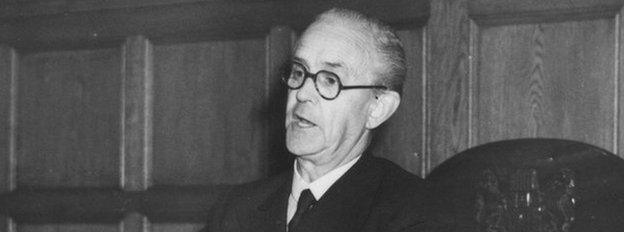
The Welsh barrister and politician became Liberal Party leader in the aftermath of Labour's landslide victory in the 1945 election.
The result marked the end of an era for the party, which had been part of the wartime coalition government for five years.
Its leader Archibald Sinclair, who had been Secretary of State for Air under Winston Churchill and had previously been a Cabinet minister in Ramsay MacDonald's national government, had lost his own seat and the party saw its parliamentary representation almost halved from 21 to 12 - its worst performance for more than 100 years.
However, things were to get progressively worse under Mr Davies' leadership, with its share of the vote falling from 9.1% in the 1950 election to 2.5% a year later and 2.7% in 1955. By that point, the party had been reduced to just six seats.
Originally viewed as a caretaker leader until the more charismatic Sinclair returned to Parliament - which he never did - Davies held the party together for more than a decade at perhaps its lowest point.

Jo Grimond (1956-1967)
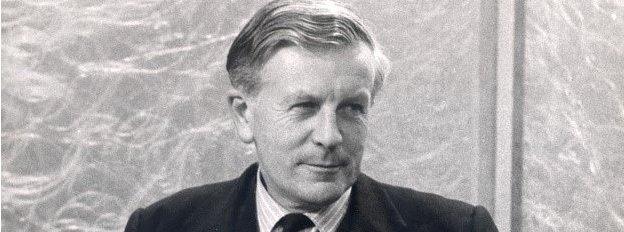
Jo Grimond succeeded Clement Davies in 1956 after a coup by senior party figures.
The Orkney and Shetland MP - whom leadership contender Tim Farron has named as one of his three heroes - put a spring back in the party's step and gradually rebuilt its standing in the country and its presence in Parliament.
Although the party effectively stood still in the 1959 election, it fared much better in the two subsequent polls, winning nine seats in 1964 and 12 seats two years later, largely at the expense of the Conservatives.
Its performance in 1964, when it won 11.2% of the vote, was its best for more than 30 years.
It was during Grimond's reign that the party won the first and, by no means the last, of a series of sensational by-election victories, taking the seats of Torrington in 1958 and Orpington in 1962.

Jeremy Thorpe (1967-1976)
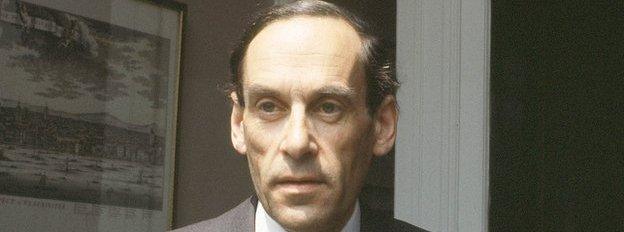
After leading the party into three general elections, Mr Grimond made way for a younger leader although, ironically, he was to step in on a temporary basis almost a decade later after Jeremy Thorpe's own resignation.
Thorpe, the first Liberal leader to be elected, led the party through the most eventful period in its post-war history.
While the party lost ground in 1970, when its number of MPs halved to six, it made spectacular progress in February 1974, winning almost 20% of the vote - although it only had 14 seats to show for its best performance since 1929.
Edward Heath tried to strike a deal with Thorpe so he could stay in Downing Street, which could have seen the Liberal leader offered a cabinet post, but the negotiations came to nothing.
Six months later, the Lib Dems repeated their feat - winning 13 seats and 18% of the vote.
However, two years later Thorpe resigned the leadership to fight charges of conspiracy and incitement to murder amid allegations of an affair with a former male model, After a high-profile trial - which was interrupted so he could fight the 1979 election - he was acquitted of the charges but his political career was over.

David Steel (1976-1988)
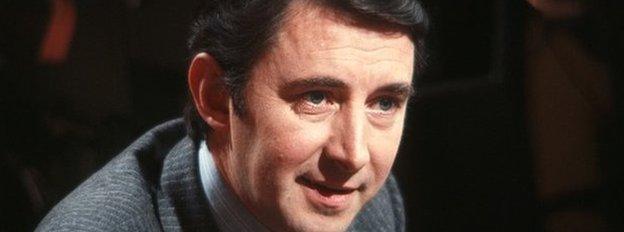
David Steel overwhelmingly defeated John Pardoe to become Liberal Party leader in 1976 and his decade in charge of the party was characterised by huge shifts and realignments in British politics.
Under his leadership, the Liberals effectively kept James Callaghan's Labour government in power for nearly three years, when its majority disappeared, although under the terms of the Lib-Lab pact, Steel never joined the government.
The party did respectably in the 1979 election, winning 11 seats but when it joined forces with the new Social Democratic Party to fight the 1983 election as the SDP-Liberal Alliance, it briefly threatened to break the mould of British politics.
Although together they won a spectacular 25% of the vote, just 700,000 fewer votes than Labour, this only translated into 23 seats, of which the Liberal side of the alliance won 17. Four years later, it repeated the feat, winning 22 seats - of which 17 again were Liberal.

Robert Maclennan/David Steel (1988)

After the Liberal Party officially agreed to merge with the SDP, David Steel and the SDP's Robert Maclennan acted as interim joint leaders of what initially was the Social and Liberal Democrats until a new leader was elected.
Neither men chose to stand in the subsequent contest, in which Paddy Ashdown comfortably beat Alan Beith.

Paddy Ashdown (1988-1999)
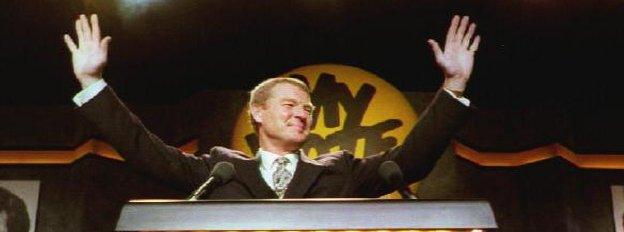
The former royal marine took the party to a different level altogether, in terms of organisation and electoral performance, although his leadership opened a debate about the Lib Dems position in the political spectrum which still rages today.
Paddy Ashdown fought two elections as leader. In 1992, the party effectively trod water, winning 20 seats in an election which was dismayingly familiar to critics of the two-party system.
But that all changed when, in 1997, the Conservative vote collapsed in large parts of the country and the Lib Dems, particularly in the west country and the London suburbs, were the main beneficiaries. They won 46 seats - ironically on a lower share than in 1992.
Despite having the largest third party presence in Parliament for over 60 years, the scale of Labour's landslide meant the Lib Dems were effectively marginalised.
Pre-election talk of a realignment on the centre-left, and progressive co-operation in the shape of electoral reform largely disappeared and Paddy Ashdown stepped down two years later.

Charles Kennedy (1999-2006)
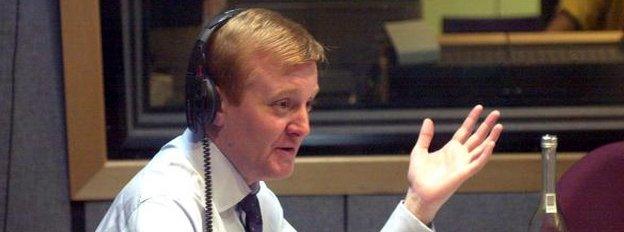
Charles Kennedy saw off four other candidates, the largest field in the party's history, to win the leadership in 1999.
Establishing a principle of so-called equidistance between the two main parties, Mr Kennedy took the party to its post-war electoral pinnacle, winning 52 seats in 2001 and 62 seats in 2005 - when its vote share exceeded 22%.
Mr Kennedy's opposition to the Iraq War gave the party a distinct identity and electoral asset it had perhaps lacked in the past and it started winning seats in places such as Solihull and Cardiff Central, which were virgin territory for the party.
But, despite this success, there was a rebellion against Mr Kennedy - who had been fighting a drink problem - by MPs who thought the party should have done better and he was forced to resign less than eight months after the election.

Sir Menzies Campbell (2006-7)

Sir Menzies Campbell led the party for less than two years, winning a leadership contest in 2006 but stepping down voluntarily, albeit in the face of calls to quit, eighteen months later.
The former champion sprinter, who competed in the Olympic and Commonwealth Games, is the only permanent leader in the party's history not to have fought a general election.
From the start, Sir Menzies was dogged by question marks over his age and whether the party needed a more youthful figure. But when he stood down, the then 66-year old was temporarily succeeded by Vince Cable, himself only two years younger.

Nick Clegg (2007-2015)
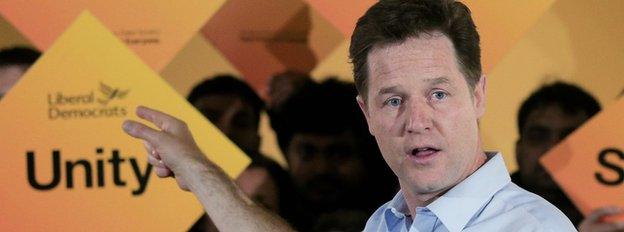
Nick Clegg achieved a series of notable firsts in his eight years as Lib Dem leader.
The former EU official and MEP was the narrowest winner of any leadership election in the party's history, prevailing by just over 500 votes from Chris Huhne.
He took part in the first ever TV general election debate and, most significantly, he took the party into government for the first time in 60 years, becoming deputy prime minister in the Conservative-Lib Dem coalition, in which the party had more than 20 ministers and influence over all its key decisions.
He stood down after a series of electoral reverses, which culminated in May when the party saw its number of MPs drop from 62 to eight and its lowest vote share for 45 years.
Who's going to be next?
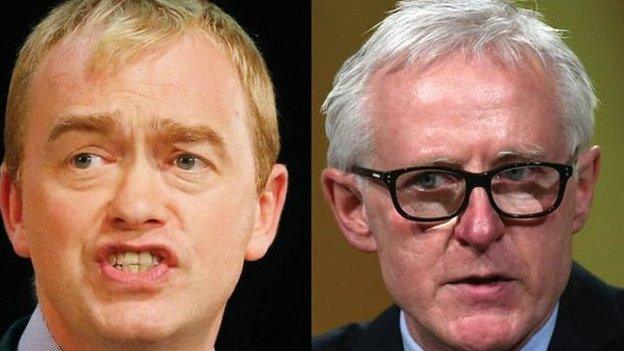
We find out on Thursday afternoon whether it will be Tim Farron, above left, or Norman Lamb, above right, who will be tasked with resurrecting liberal fortunes. Find out more about them and the leadership contest here.
- Published16 July 2015
